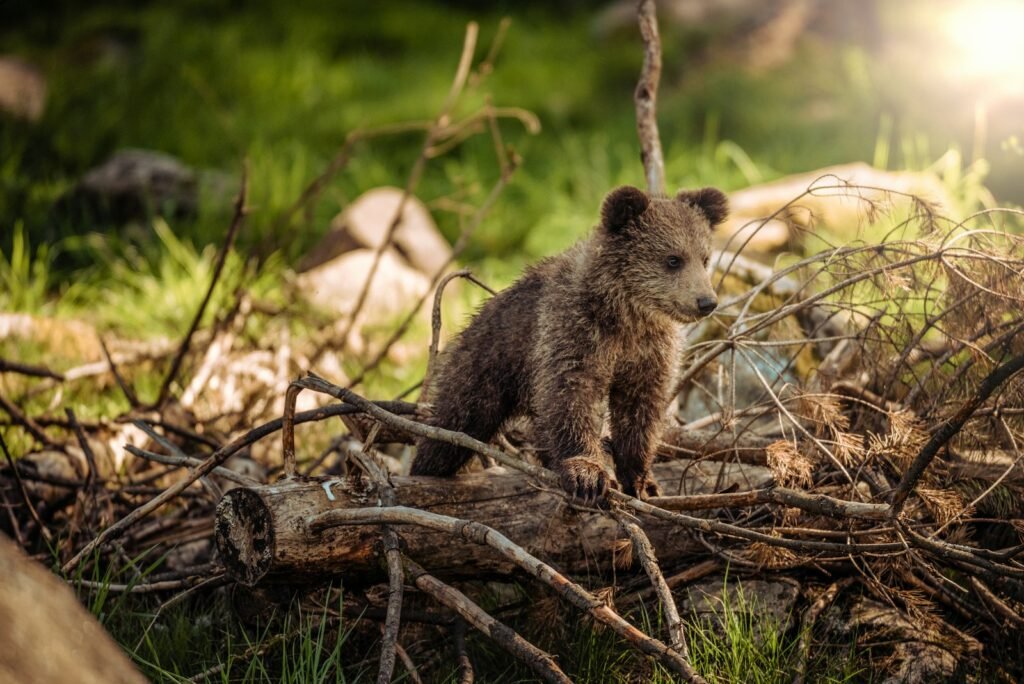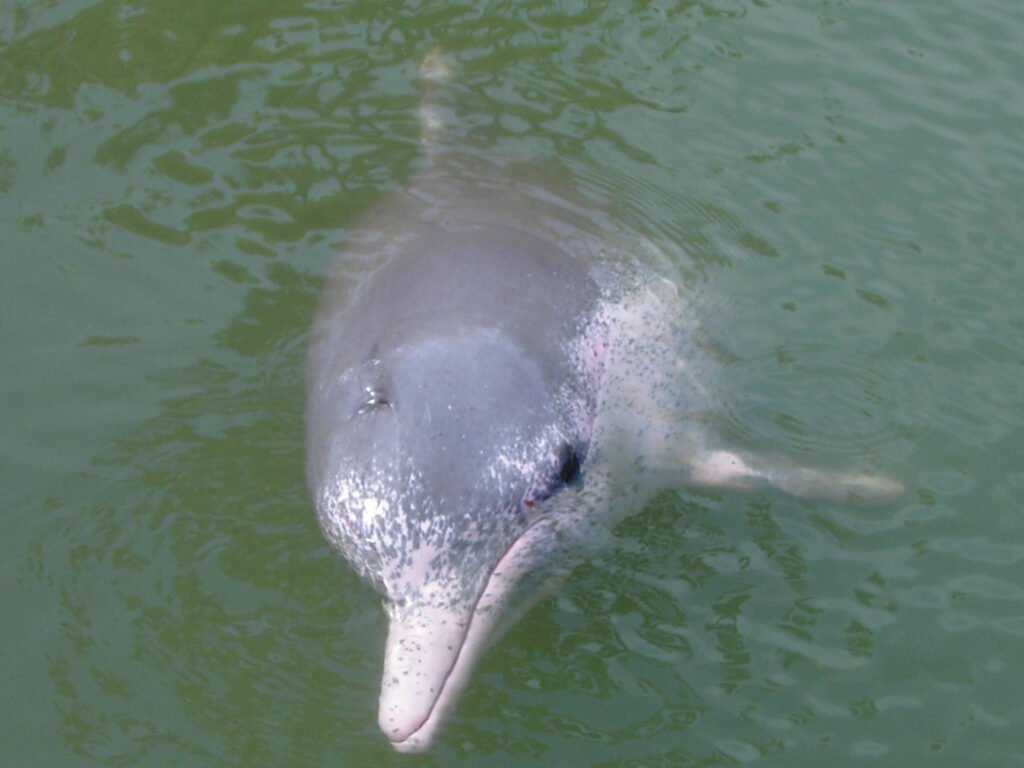On a gray spring morning at Willamette Falls, the spectacle looks almost cinematic: sleek sea lions patrolling the churn while muscle upstream toward the ladder. The drama is real, and so are the stakes – some runs in the Pacific Northwest still teeter after decades of habitat loss, warming rivers, and dams. Scientists and managers face a hard question that rarely fits on a protest sign: how do you protect a thriving marine predator without pushing vulnerable closer to collapse? The answer is neither simple nor static. It’s a moving target shaped by new data, evolving law, and a changing climate.
The Hidden Clues

What if saving one beloved animal means losing another? That’s the uncomfortable tension that frames the science, and it starts with clues hidden in water, whiskers, and numbers. Biologists parse passage counts, track predation hot spots, and even analyze sea lion whisker chemistry to reconstruct long-term diets along the coast.
Each clue is a small lantern in a foggy landscape. Tag detections at ladders reveal precisely when hesitate – often when a predator is nearby – while observers map which sea lions return year after year to the same chokepoints. Put together, these threads show a pattern: predation is most acute where migration funnels fish into tight spaces.
A River With Two Protections

The Pacific Northwest runs on a double-guarded rulebook. The Marine Mammal Protection Act shields sea lions as a conservation success story, while the Endangered Species Act obligates agencies to keep listed and steelhead from slipping closer to extinction.
Balancing those mandates has led to a stepwise strategy. Managers must first try nonlethal tactics, document repeated predation by specific animals at problem areas, and only then consider removals under tightly controlled federal authorization. It’s not tidy, but it is deliberate, and it puts data at the center of every difficult decision.
From Ancient Tools to Modern Science

Counting fish has ancient roots, but the toolkit now looks like a tech lab. Passive integrated transponder arrays register individual as they pass, high-resolution cameras track approach and hesitation, and acoustic recorders identify when a predator is actively hunting at a ladder or tailrace.
Machine-learning models help flag behavior patterns that humans might miss, like when a handful of sea lions disproportionately shape a season’s mortality. I watched one monitoring crew juggle tablets, hydrophones, and binoculars like stage magicians; they weren’t chasing spectacle, they were isolating cause from coincidence. The point is simple: the better we measure, the less we have to guess.
Predators at the Pinch Points

Sea lions didn’t create the crisis, but they’ve learned where the odds tilt in their favor. Dams, falls, and narrow ladders corral fish into slow-motion queues, and opportunistic predators do what evolution taught them – capitalize on bottlenecks.
Hazing with boats, acoustic devices, and rubber projectile rounds can scatter animals for hours, not always for days. Relocations once offered hope, but many individuals homed back like featherless boomerangs. The most effective reductions tend to come from focusing on repeat specialists at a few key sites, while hardening ladders and spacing structures to deny easy ambush perches.
Why It Matters

This isn’t just about who eats whom; it’s about how we keep multiple recoveries moving forward at once. are the conveyor belt of nutrients from sea to forest, feeding everything from insects to orcas and fertilizing riparian trees with marine nitrogen.
When a run collapses, whole communities feel it – tribal nations whose treaty rights hinge on fishable numbers, commercial and sport fishers, and riverside towns built around seasonal returns. Traditional management once treated predators and prey as separate puzzles; modern science treats them as one interlocking problem set with feedback loops. If predation at chokepoints trims off the very adults we’ve protected through habitat fixes and spill operations, it can undercut years of work in a single spring. The stakes are ecological, cultural, and economic all at once.
Global Perspectives

Coasts around the world are navigating versions of this same debate. Along the North Atlantic, seal- conflicts have pushed managers to test barrier designs and targeted deterrents, while in the Southern Hemisphere, pinniped recoveries intersect with fisheries in ways that force painfully specific choices.
The lesson is consistent: broad culls rarely solve site-specific problems, and blanket bans can entrench harm where it’s most concentrated. Programs that identify a small number of specialized predators at high-value migratory bottlenecks, coupled with habitat gains and smart passage engineering, deliver the most measurable improvements. That blend respects predator recoveries while guarding precarious prey runs. The trick is maintaining social license by keeping the evidence public and the actions narrow.
The Future Landscape

New ideas are coming fast. Engineers are testing ladder designs that add turbulent, unpredictable flows near exits, making ambush timing harder, and exploring camera-guided deterrents that activate only when a predator is in strike position rather than blanketing a river with noise.
On the data side, real-time dashboards that merge PIT detections, video analytics, and acoustic cues could alert hazing teams in minutes, not hours. Coastal forecasting that links ocean prey cycles to upriver predator pressure might let managers pre-position response crews before a surge happens. Bigger policy arcs loom too: strategic dam removals that reduce bottlenecks, riparian cooling to counter heat stress, and hatchery reforms that avoid telegraphing predictable lunch bells. None of it replaces careful, case-by-case removal authority, but each advance aims to need it less often.
Conclusion

Most of us won’t be on a boat with a telemetry rig, but we’re still part of the equation. Support habitat projects that cool streams, reconnect floodplains, and open side channels – those gains lower predation pressure by spreading fish out and speeding passage.
Stay curious and evidence-driven when debate gets loud, and back programs that publish their data, successes, and misses in plain view. Volunteer with local monitoring efforts, from counting redds to planting shade trees, or champion grocery and policy choices that value wild fish and healthy coasts. The balance between sea lions and won’t be decided in a single season; it will be won by small, steady commitments that add up on the river. Will you take a step that nudges the scale in the right direction today?

Suhail Ahmed is a passionate digital professional and nature enthusiast with over 8 years of experience in content strategy, SEO, web development, and digital operations. Alongside his freelance journey, Suhail actively contributes to nature and wildlife platforms like Discover Wildlife, where he channels his curiosity for the planet into engaging, educational storytelling.
With a strong background in managing digital ecosystems — from ecommerce stores and WordPress websites to social media and automation — Suhail merges technical precision with creative insight. His content reflects a rare balance: SEO-friendly yet deeply human, data-informed yet emotionally resonant.
Driven by a love for discovery and storytelling, Suhail believes in using digital platforms to amplify causes that matter — especially those protecting Earth’s biodiversity and inspiring sustainable living. Whether he’s managing online projects or crafting wildlife content, his goal remains the same: to inform, inspire, and leave a positive digital footprint.




